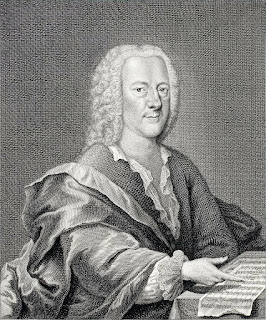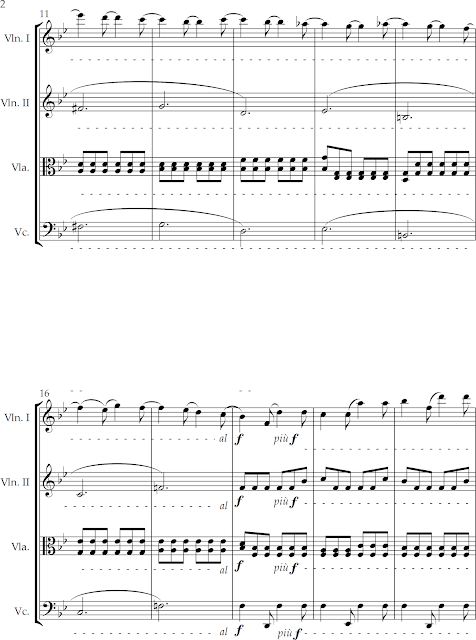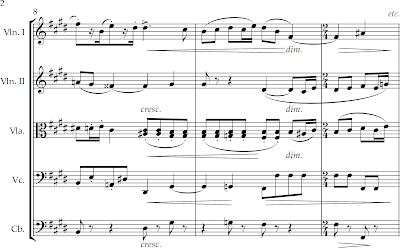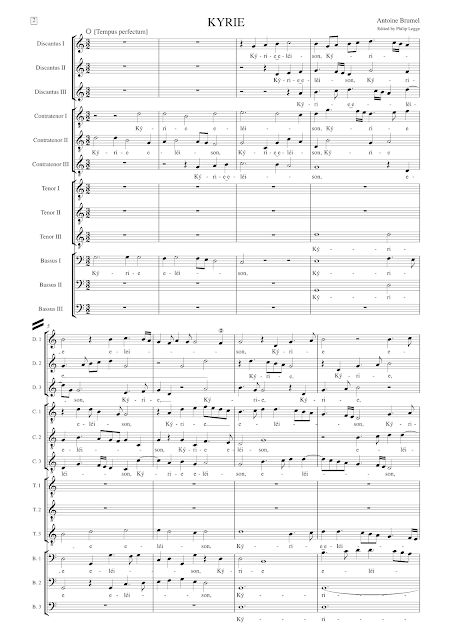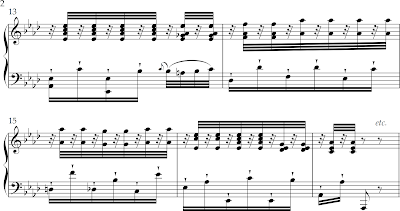CLII. BACH, J.S. (1685-1750)
Fugue in B Minor on a theme by Tomaso Albinoni, BWV 951
Robert Hill, harpsichord
(7:41)
If Bach were alive today, he would probably be the at the forefront of jazz improvisation.
Give him a "subject" and he would spin off a three- or four-part fugue without much thought (and it would still be as beautiful as today's example!) ...
In the story of The Musical Offering (Post CXXXVI), we see how Bach improvised a three-voice fugue like this one on the spot for Frederick the Great -- but had to go home to work on the six-voice version.
By clicking on the word "fugue" above, one can learn everything you need to know about this common Baroque form (although Mozart and Beethoven, and even contemporary composers continue to use it) ...
For today, it will suffice to simply point out the very basic idea of a fugue.
**
In this "borrowed" subject (from the great Tomaso Albinoni), Bach spins beautiful counter-melodies ("countersubject") around the theme.
After the theme is stated, it returns three more times in this example -- labelled with bold numbers.
The first entry is stated without any accompaniment.
The second entry starts a Perfect Fourth higher. The accompaniment is the countersubject.
The third entry, in the bottom voice, is accompanied by two other voices -- we now have three independent voices. This entry returns to the same pattern as Entry #1.
The fourth entry uses the same notes as Entry #2 ...



